Technical Documentation: HONEYWELL CC-MCAR01
1. Product Description
The HONEYWELL CC-MCAR01 is a high-performance analog input module designed exclusively for Honeywell’s Experion Process Knowledge System (PKS) Distributed Control System (DCS)—a leading automation platform for process industries such as oil & gas, chemicals, pharmaceuticals, and power generation. As a key member of Honeywell’s ControlEdge I/O family, this module specializes in the accurate acquisition, conditioning, and transmission of analog process signals (e.g., temperature, pressure, flow) from field sensors, serving as a critical link between 现场 equipment and the Experion PKS control layer.
Unlike generic analog I/O modules, the CC-MCAR01 is engineered for process-industry resilience and seamless Experion PKS integration. Its core advantages include multi-range signal compatibility, built-in fault tolerance, and compliance with strict industry standards (e.g., IEC 61508 for functional safety), making it ideal for applications where measurement precision, system availability, and regulatory compliance are non-negotiable—such as chemical reactor temperature control or oil refinery pressure monitoring.
Key Differentiators
- Multi-Signal Versatility: Supports a wide range of analog input types (current, voltage, RTD, thermocouple) on a single module, eliminating the need for dedicated modules for different sensors and reducing hardware complexity.
- Fault-Tolerant Design: Features channel-level diagnostics, overrange/short-circuit protection, and support for I/O network redundancy (Honeywell’s Fault-Tolerant Ethernet, FTE), minimizing unplanned downtime in critical processes.
- Experion PKS Synergy: Natively integrates with Experion PKS controllers (e.g., C300, C200) and HMI/SCADA software (e.g., Experion Operator Station), leveraging the DCS’s unified data model for real-time process visibility and control.
Typical Applications
- Oil & Gas: Monitoring crude oil flow rates (4-20mA), refinery distillation column temperatures (thermocouple), and pipeline pressure (0-10V) in upstream, midstream, and downstream operations.
- Chemical Processing: Acquiring reactor temperature (RTD) and reagent concentration (4-20mA) signals to maintain process stability and product quality.
- Pharmaceuticals: Precise measurement of bioreactor pH (4-20mA) and temperature (Pt100) to comply with FDA regulations for batch documentation and process validation.
- Power Generation: Monitoring boiler feedwater flow (4-20mA) and turbine exhaust temperature (thermocouple) in coal-fired, gas-fired, or combined-cycle power plants.
2. Technical Specifications
Specifications are organized by functional category, with clear industrial relevance highlighted to connect parameters to real-world process control needs.
2.1 Analog Input Performance
|
Parameter
|
Details
|
Industrial Relevance
|
|
Input Channels
|
16 independent analog input channels; configurable per channel (no hardware jumpers)
|
Enables simultaneous monitoring of 16 diverse process parameters (e.g., 4 temperature + 6 pressure + 6 flow sensors) in a single unit.
|
|
Supported Signal Types
|
– Current: 4-20mA, 0-20mA, 0-10mA- Voltage: 0-5V, 0-10V, ±5V, ±10V- RTD: Pt100, Pt1000 (IEC 751), Cu50- Thermocouple: Type J, K, T, E, R, S, B, N
|
Universal compatibility with process-industry sensors, reducing the need for signal converters and simplifying inventory management.
|
|
ADC Resolution
|
24-bit sigma-delta ADC; sampling rate: 10 Hz per channel (configurable up to 100 Hz for critical signals)
|
Captures subtle process variations (e.g., 0.05°C temperature drift in a pharmaceutical bioreactor) for early anomaly detection.
|
|
Measurement Accuracy
|
– Current/Voltage: ±0.02% Full Scale (FS)- RTD: ±0.03% FS (at 25°C)- Thermocouple: ±0.1°C (Type K, 0-1000°C)
|
Meets API 551 standards for process measurement accuracy, ensuring reliable data for closed-loop control (e.g., maintaining reactor pressure within ±0.1 bar).
|
|
Noise Filtering
|
Software-configurable low-pass filter (0.1-10 Hz); 50/60 Hz notch filter (selectable)
|
Reduces electrical noise from plant power systems or nearby motors, critical for accurate pH or conductivity measurements in sensitive processes.
|
2.2 Hardware & Mechanical Design
|
Parameter
|
Details
|
Industrial Relevance
|
|
Power Requirements
|
24V DC (from Experion PKS I/O rack); typical current: 300 mA; max current: 500 mA
|
Compatible with standard industrial power supplies, supporting dense I/O configurations in control cabinets.
|
|
Isolation
|
Channel-to-channel: 2.5 kV AC (1 minute); Channel-to-ground: 5 kV AC (1 minute); galvanic isolation
|
Prevents ground loops and protects the module from voltage transients (e.g., lightning strikes in outdoor pipeline applications).
|
|
Form Factor
|
3U rack-mount; dimensions: 160 mm (W) × 100 mm (H) × 250 mm (D); compatible with Honeywell Experion I/O racks (e.g., R700, R600)
|
Fits standard 19-inch industrial cabinets, enabling compact integration with other Experion PKS modules (e.g., digital I/O, communication modules).
|
|
Protection Features
|
Channel-level overcurrent/short-circuit protection; overrange detection; reverse polarity protection
|
Prevents module damage from sensor wiring errors (e.g., accidental 220V AC connection) and alerts operators to process anomalies (e.g., exceedance of safe pressure limits).
|
2.3 Environmental Ratings
|
Parameter
|
Details
|
Industrial Relevance
|
|
Operating Temperature
|
-40°C to +70°C (-40°F to +158°F); storage temperature: -55°C to +85°C (-67°F to +185°F)
|
Withstands extreme temperatures in outdoor oil & gas facilities (e.g., desert pipelines) or indoor process plants (e.g., high-temperature refineries).
|
|
Humidity Resistance
|
5% to 95% RH (non-condensing), per IEC 60068-2-30
|
Operates reliably in humid environments (e.g., coastal chemical plants, biopharmaceutical cleanrooms) without performance degradation.
|
|
Vibration & Shock
|
Vibration: 10-500 Hz, 1.5 g (random, IEC 60068-2-6); Shock: 25 g (11 ms, IEC 60068-2-27)
|
Tolerates mechanical stress from plant equipment (e.g., pump vibration) or maintenance activities, ensuring long-term reliability.
|
|
EMC Compliance
|
Emissions: EN 61000-6-4; Immunity: EN 61000-6-2 (industrial environment)
|
Resists electromagnetic interference from variable-frequency drives (VFDs) or high-voltage power lines, critical for precise measurement of low-level signals (e.g., 4-20mA pH sensors).
|
2.4 Communication & Integration
|
Parameter
|
Details
|
Industrial Relevance
|
|
I/O Network Compatibility
|
Honeywell Fault-Tolerant Ethernet (FTE); supports 10/100 Mbps Ethernet
|
FTE redundancy ensures uninterrupted data transfer to the Experion PKS controller—critical for processes where communication loss could cause shutdowns (e.g., chemical reactor control).
|
|
Configuration Interface
|
Honeywell Control Builder (for module setup, calibration, and diagnostics); supports offline/online configuration
|
Simplifies module commissioning (e.g., setting RTD types or current ranges) and allows parameter adjustments without process interruption.
|
|
Diagnostic Capabilities
|
Channel-level fault detection (open circuit, short circuit, overrange); module health monitoring (power, temperature); fault logging (2000 events with time stamps)
|
Enables rapid troubleshooting (e.g., identifying a failed thermocouple) and supports regulatory compliance (e.g., FDA 21 CFR Part 11 for audit trails).
|
|
Safety Certification
|
IEC 61508 SIL 2 (functional safety); ATEX Zone 2 (non-incendive); IECEx
|
Meets safety requirements for hazardous process environments (e.g., oil refineries) and supports safety-instrumented functions (SIFs) such as emergency shutdown (ESD) triggers.
|
3. System Overview
The HONEYWELL CC-MCAR01 operates as a critical component of the Experion PKS DCS, functioning within a four-layer process control architecture—sensor interface, signal conditioning, data processing, and system integration—to deliver reliable analog input capabilities for process industries:
3.1 Layer 1: Sensor Interface
This layer connects the module to field sensors, addressing the diverse signal needs of process applications:
- Multi-Signal Support: Each of the 16 channels can be independently configured (via Control Builder) to accept current, voltage, RTD, or thermocouple signals. For example, in an oil refinery, Channel 1 might be set to 4-20mA (flow sensor), Channel 2 to Type K thermocouple (distillation column temperature), and Channel 3 to Pt100 RTD (pump bearing temperature)—all on the same module.
- Wiring Flexibility: Supports 2-wire, 3-wire, and 4-wire RTD configurations, as well as grounded/ungrounded thermocouples, accommodating common field wiring practices and reducing installation errors.
- Surge Protection: Each channel includes transient voltage suppressors (TVS) to protect against voltage spikes (e.g., from lightning or sensor cable damage), a critical feature for outdoor applications like pipeline monitoring.
3.2 Layer 2: Signal Conditioning
This layer prepares raw sensor signals for accurate measurement, addressing common process-industry challenges like noise and drift:
- Sensor-Specific Calibration: The module automatically compensates for RTD lead resistance (up to 10Ω per lead) and thermocouple cold-junction temperature (using an internal precision temperature sensor), eliminating measurement errors caused by wiring length or ambient temperature changes.
- Noise Reduction: Configurable low-pass and notch filters reduce electrical noise from plant power systems (50/60 Hz) or motor drives, ensuring stable measurements of sensitive signals (e.g., 4-20mA pH sensors in pharmaceutical bioreactors).
- Linearization: Built-in thermocouple linearization (per IEC 60584) converts non-linear thermocouple signals to linear digital values, simplifying control algorithm design and improving process stability.
3.3 Layer 3: Data Processing
This layer converts conditioned analog signals to digital data and validates its integrity before transmission to the Experion PKS controller:
- High-Resolution Conversion: The 24-bit sigma-delta ADC samples each channel at up to 100 Hz, capturing fine-grained signal details (e.g., 0.01 psi pressure changes in a chemical reactor) that would be missed by lower-resolution ADCs.
- Data Validation: Built-in logic checks for signal plausibility (e.g., “Is the measured temperature within the reactor’s safe operating range of 50-150°C?”) and flags anomalies (e.g., a sudden 20°C spike) as faults. Faulty data is tagged and excluded from control loops to prevent incorrect process adjustments.
- Redundancy Management: In FTE-enabled systems, the module sends data to both primary and backup Experion PKS controllers. If the primary controller fails, the backup takes over seamlessly (<100 ms), ensuring no loss of process visibility or control.
3.4 Layer 4: System Integration
This layer connects the CC-MCAR01 to the broader Experion PKS ecosystem, enabling end-to-end process control and monitoring:
- Controller Communication: Processed digital data is transmitted to the Experion PKS controller (e.g., C300) via FTE, where it is used to execute closed-loop control algorithms (e.g., PID) to maintain setpoints (e.g., reactor pressure at 10 bar).
- HMI Visualization: Real-time data (e.g., “Flow Rate: 15 m³/h,” “Temperature: 120°C”) is displayed on the Experion Operator Station, providing operators with intuitive dashboards, trend graphs, and alarm notifications. Historical data is stored in the Experion Historian for compliance reporting and process optimization.
- Diagnostic Integration: Fault data (e.g., “Channel 5: Thermocouple Open Circuit”) is sent to the Experion Event Log, which generates maintenance alerts (via email/SMS) and stores audit trails for regulatory compliance (e.g., EPA emissions reporting or FDA batch records).
Example: Chemical Reactor Control
In a chemical plant producing polyethylene, the CC-MCAR01 is used to monitor 16 critical reactor parameters:
- Signal Acquisition: 8 channels monitor reactor temperature (Type K thermocouple), 4 channels measure monomer flow rate (4-20mA), and 4 channels track reactor pressure (0-10V).
- Conditioning: The module linearizes thermocouple signals, compensates for RTD lead resistance, and filters out noise from nearby motor drives.
- Processing: The 24-bit ADC samples each channel at 50 Hz, and data validation logic flags any temperature exceeding 160°C (the reactor’s safe limit) as a fault.
- Integration: Data is sent to the C300 controller via FTE, which adjusts monomer feed rate (via a control valve) to maintain temperature at 150°C. Operators monitor real-time trends on the Experion HMI, and historical data is stored for batch documentation.
4. Related Models in the Honeywell ControlEdge I/O Series
The ControlEdge I/O family includes specialized analog and digital modules to address diverse process control needs. Below are key alternatives and complements to the CC-MCAR01:
|
Model
|
Key Differences from CC-MCAR01
|
Ideal Application
|
|
HONEYWELL CC-MCAO01
|
– 16-channel analog output module (vs. input-only CC-MCAR01)- Supports 4-20mA/0-10V output- Channel-level current limiting
|
Systems requiring both monitoring and actuation (e.g., chemical reactor temperature control, where the module outputs 4-20mA to adjust a heating element).
|
|
HONEYWELL CC-MCAR02
|
– 8-channel analog input module (vs. 16 channels)- Enhanced accuracy (±0.01% FS for current/voltage)- Higher sampling rate (200 Hz per channel)
|
High-precision applications (e.g., pharmaceutical bioreactor pH monitoring, where ultra-accurate measurements and fast response times are critical).
|
|
HONEYWELL CC-MCDI01
|
– 32-channel digital input module (vs. analog CC-MCAR01)- Supports 24V DC dry/wet contacts- Edge detection (rising/falling edge)
|
Monitoring discrete process states (e.g., valve open/closed, pump on/off) in oil refineries or water treatment plants.
|
|
HONEYWELL CC-MCDO01
|
– 32-channel digital output module- Supports 24V DC/250V AC relays- Fail-safe output (energize-to-operate/de-energize-to-operate)
|
Controlling discrete devices (e.g., solenoid valves, motor starters) in hazardous environments (e.g., gas processing plants) where fail-safe operation is required.
|
|
HONEYWELL CC-MCAR01-EX
|
– Explosion-proof design (ATEX Zone 1/IECEx)- Intrinsically safe circuits- Stainless steel housing
|
Hazardous process environments (e.g., offshore oil platforms, chemical plants with flammable gases) where non-incendive equipment is mandatory.
|
|
HONEYWELL CC-MCAR03
|
– 16-channel analog input module with built-in HART communication- Supports HART 7.0 for smart sensor configuration- Asset health monitoring (via HART diagnostics)
|
Applications using smart sensors (e.g., HART-enabled pressure transmitters in oil & gas) to enable remote sensor configuration, calibration, and predictive maintenance.
|
|
HONEYWELL CC-MCAR04
|
– 16-channel analog input module optimized for low-power applications- Typical current: 150 mA (vs. 300 mA for CC-MCAR01)- Wide input voltage range (18-36V DC)
|
Remote or battery-powered applications (e.g., offshore wellhead monitoring, where power is limited and wiring costs are high).
|



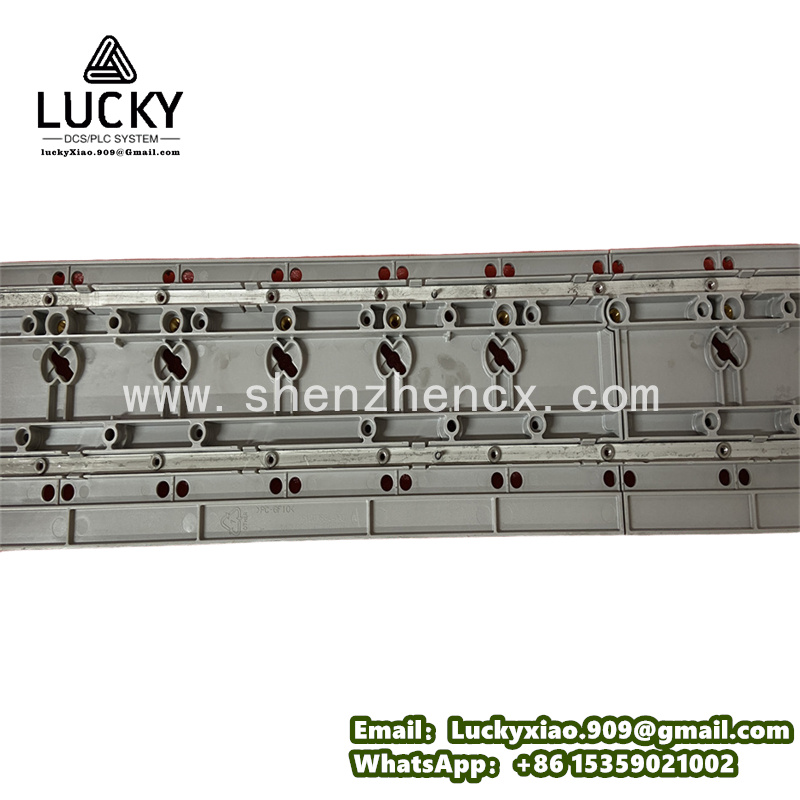
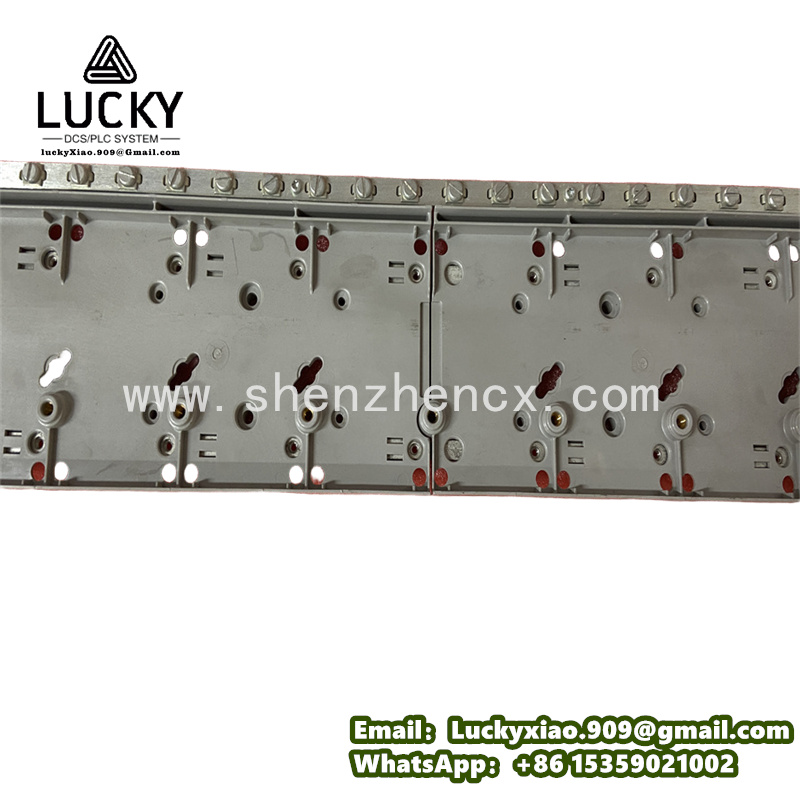
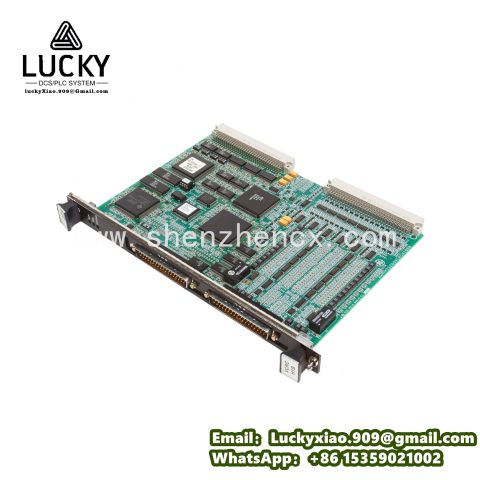
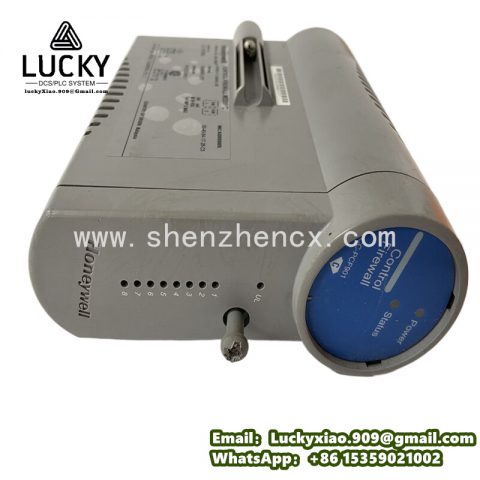
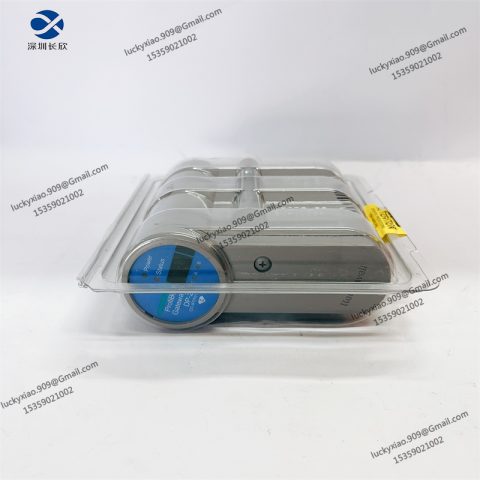
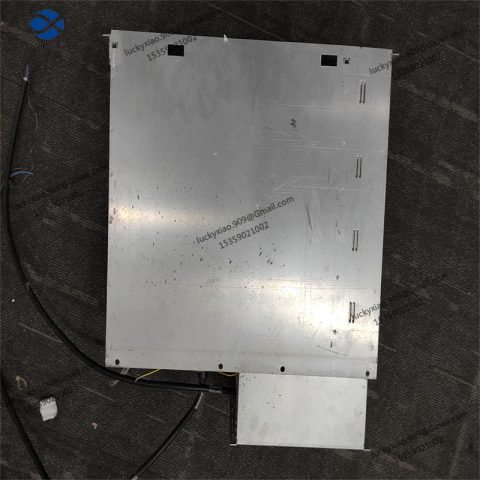
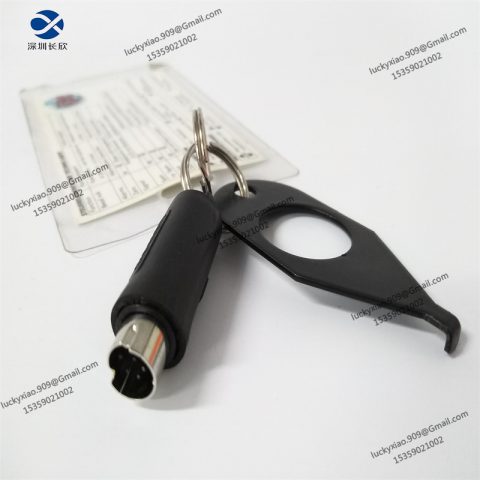
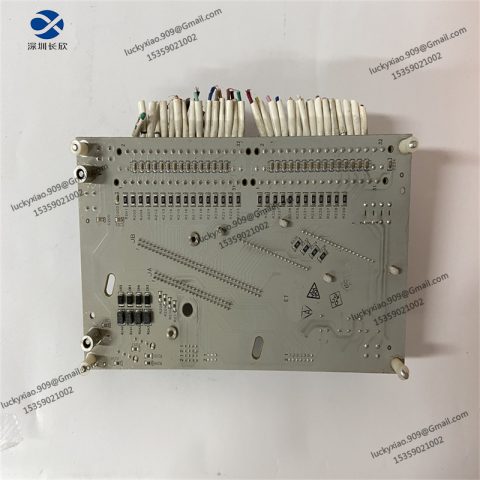
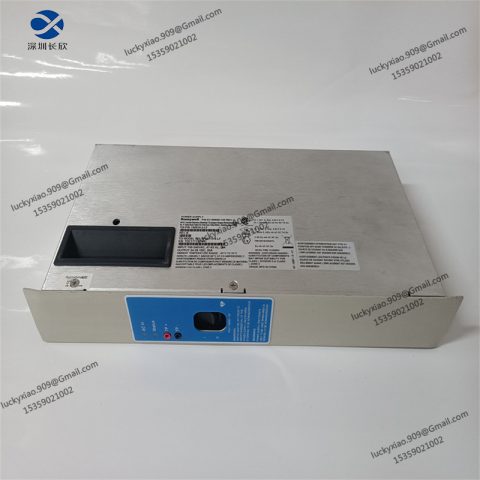
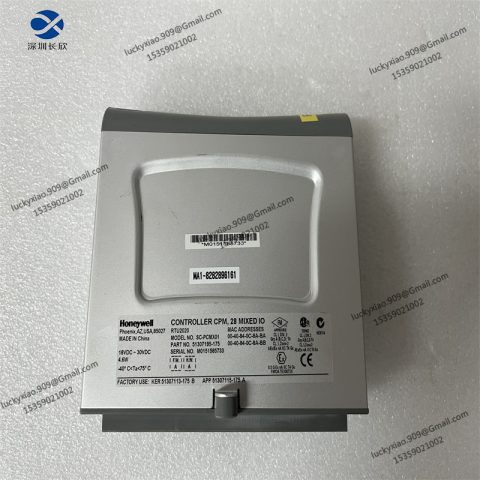
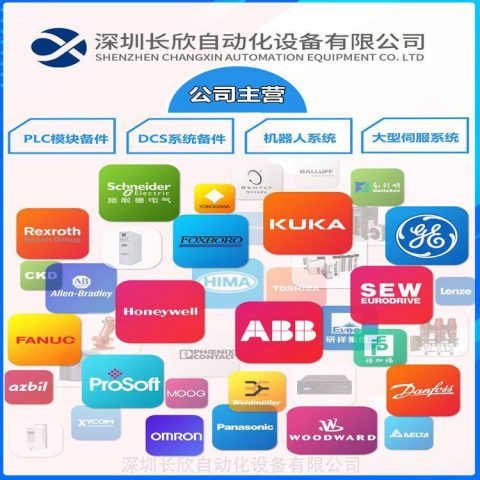
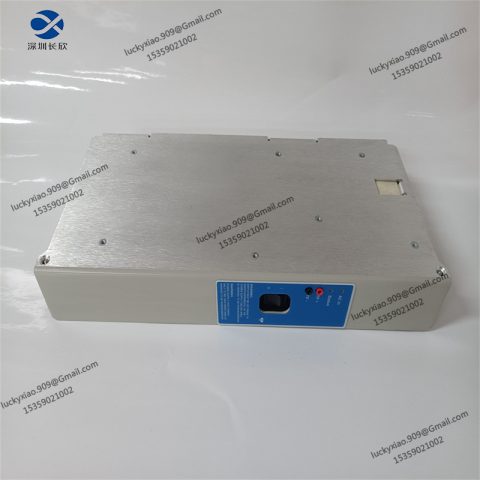
There are no reviews yet.